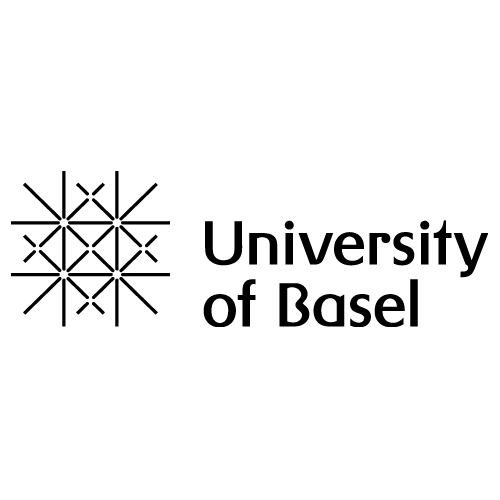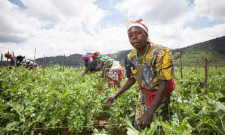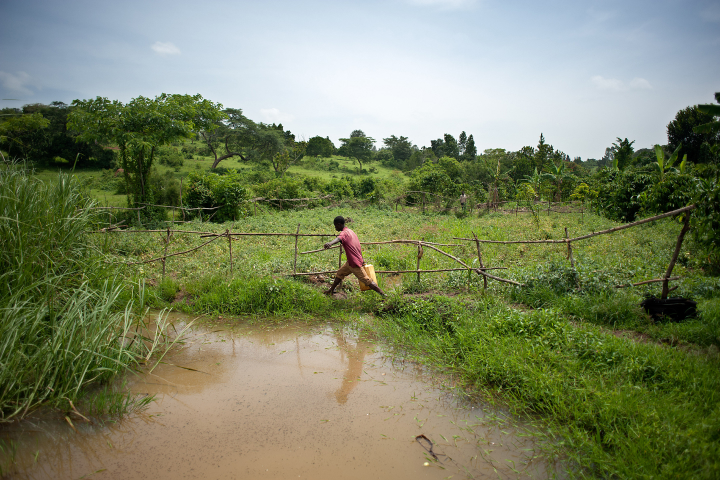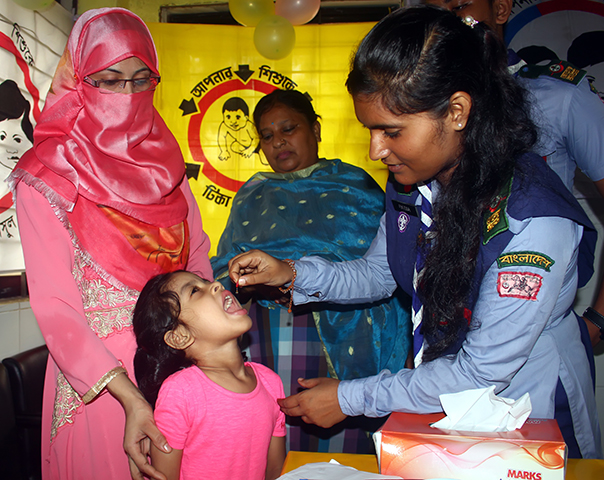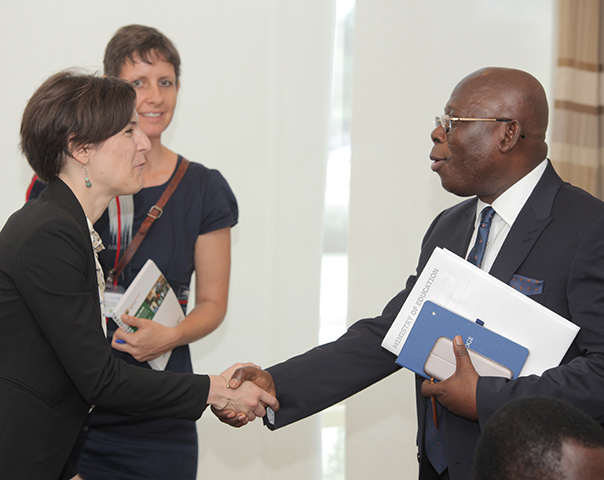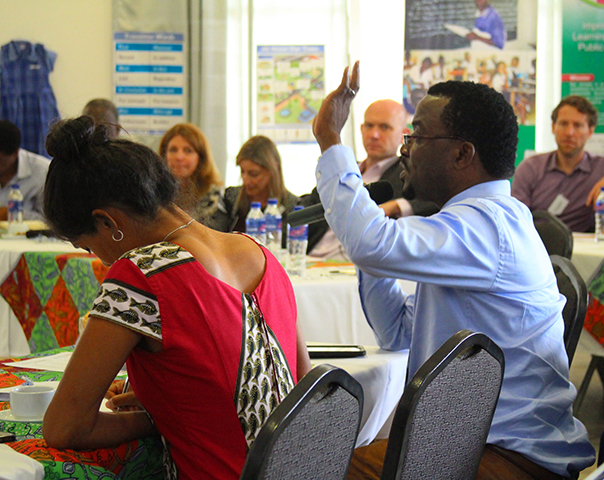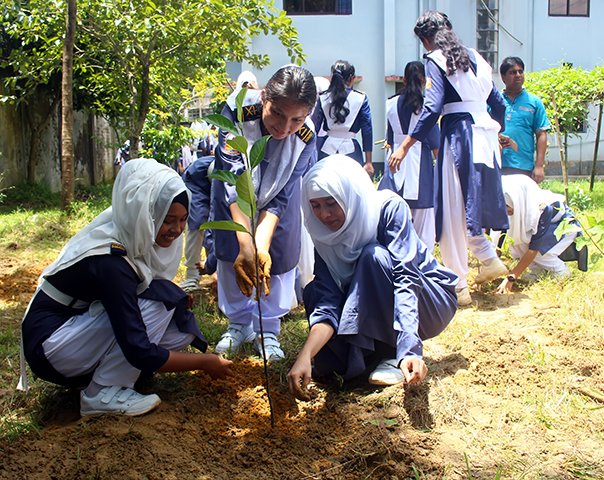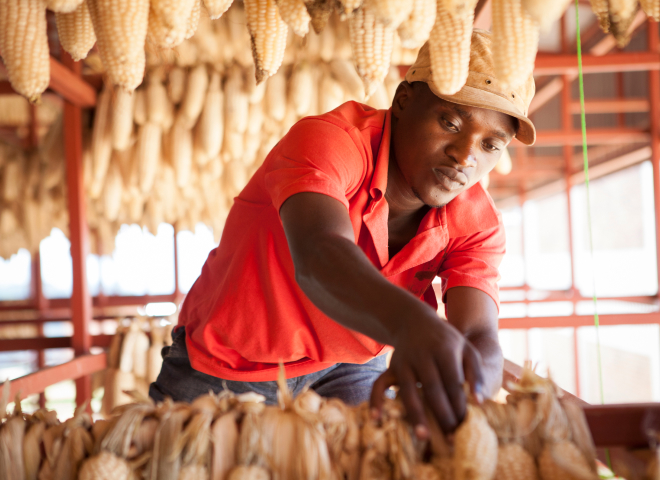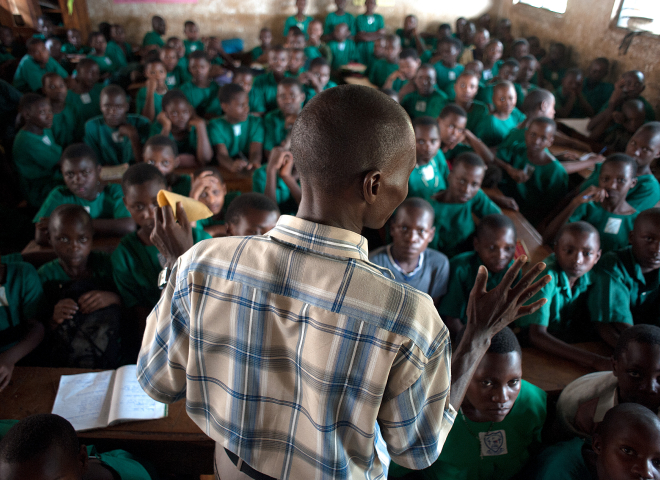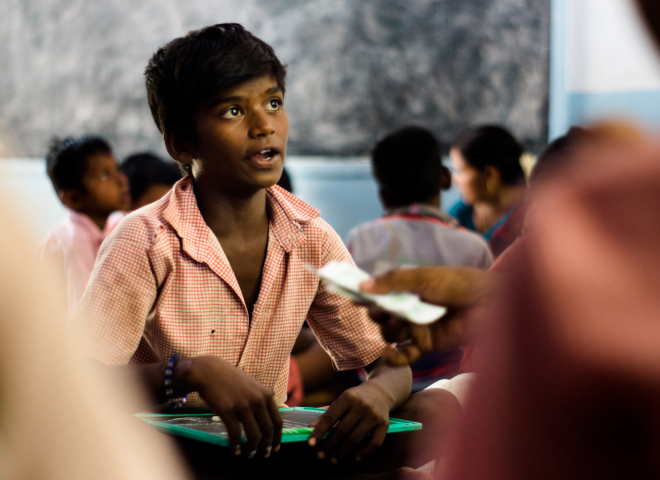The Challenge
Stunting, or being too short for one’s age, is a warning signal that a child is at risk of failing to reach their full physical and developmental potential. In Zambia, stunting impacts 35 percent of children under five, which is higher than Africa’s 31 percent average.1 Growth charts may help visualize the link between stunting and children’s well-being and enable caregivers to improve health outcomes at home. SQ-LNS—ready-to-eat food supplements—can address nutritional gaps in children’s diets that contribute to stunted growth, with evidence from other low- and middle-income countries showing transformative impacts on children’s growth and development.2
The Evaluation
Researchers partnered with IPA and the Zambian Health Ministry to evaluate the impacts of growth chart posters and SQ-LNS on child growth, nutrition, and development outcomes. A total of 2,291 caregivers and their infant children across Choma, Mansa, and Lusaka districts were randomly divided into the following groups:
- Growth charts for home use
- Monthly supply of SQ-LNS
- Growth charts and the monthly supply of SQ-LNS
- Comparison group.
Results
The distribution of SQ-LNS led to notable improvements in the growth, health and development of children under five years old. SQ-LNS reduced stunting by 37 percent and anemia by 26 percent, and enhanced cognitive, motor, language, and social-emotional skills as indicated by a 0.28 standard deviation increase in the Global Scales for Early Development (GSED) scores. While growth charts showed some health improvements, they were not as effective as SQ-LNS in promoting growth and development. The combined use of growth charts and SQ-LNS decreased anemia and underweight but did not match the benefits of SQ-LNS alone on child growth and development outcomes.
Cost-effectiveness
An IPA cost-effectiveness analysis found that when addressing anemia, SQ-LNS alone cost 2025 USD 5,102 per case of anemia averted, while SQ-LNS and growth charts combined cost USD 4,668. Only SQ-LNS alone significantly reduced stunting at a cost of USD 9,040 per case of stunting averted.
Policy Impact and Implications
Based on these results, IPA has been working with the Ministry of Health to implement, test, and further scale SQ-LNS to reach vulnerable children.
Sources
1. United Nations Children’s Fund (UNICEF), World Health Organization (WHO), International Bank for Reconstruction and Development/The World Bank. Levels and trends in child malnutrition: UNICEF / WHO / World Bank Group Joint Child Malnutrition Estimates: Key findings of the 2023 edition. New York: UNICEF and WHO; 2023. CC BY-NC-SA 3.0 IGO.
2. Dewey, Kathryn G., K. Ryan Wessells, Charles D. Arnold, Elizabeth L. Prado, Souheila Abbeddou, Seth Adu-Afarwuah, Hasmot Ali et al. "Characteristics that modify the effect of small-quantity lipid-based nutrient supplementation on child growth: an individual participant data meta-analysis of randomized controlled trials." The American journal of clinical nutrition 114 (2021): 15S-42S.
Implementing Partner

Research Partners
